
The double-headed eagle represents the constellation Gemini, the head of the Vermilion bird.

The Vermilion Bird (Chinese: 朱雀; pinyin: Zhūquè), or Zhuque, is one of the Four Symbols of the Chinese constellations. According to Wu Xing, the Taoist five-elemental system, it represents the fire-element, the direction south, and the season summer correspondingly. Thus it is sometimes called the Vermilion Bird of the South (Chinese: 南方朱雀, Nán Fāng Zhū Què). It is described as a red bird that resembles a pheasant with a five-colored plumage and is perpetually covered in flames. It is known as Suzaku in Japanese, Jujak in Korean and Chu Tước in Vietnamese.
It is often mistaken for the Fenghuang due to similarities in appearance, but the two are different creatures. The Fenghuang is a legendary ruler of birds who is associated with the Chinese Empress in the same way the dragon is associated with the Emperor, while the Vermilion Bird is a mythological spirit creature of the Chinese constellations.
-Wikipedia
The 28 constellations of Chinese astrology (in which the moon's apparent path across the sky is split into 28 sections) are divided into 4 groups of 7 constellations, 1 group for each of the 4 directional gods, and each group was thought to model the appearance of its god.
Among the seven constellations grouped into the south, Suzaku's domain, the central constellation, called the 'Star' is the heart of the Hydra constellation in Western astronomy; its central star is the principal star in the Hydra constellation, Alphard. This second-magnitude star, whose name means 'the solitary one,' is in an area with few bright stars and thus seems to stand out; as can be inferred from their naming this as 'Star' constellation, Chinese astronomers have known of this star since very ancient times, and indeed Alphard is one of the first stars to have been discovered by the Chinese.
This orange colored star, in addition to creating an image of the Ptarmigan or any other birds whose feathers are orange around the breast, may also have possibly influenced the establishment of the image of this auspicious bird 'Suzaku.'
Furthermore, the "Wings Manison," also in Suzaku's southerly group, represents Suzaku's wings.
The Vermilion Bird
In Ancient Astrology
Mystery of the Vermilion Bird
Actually not much has been written about the Vermilion Bird, though the other ancient constellations all have several myths and stories. The Vermilion Bird Constellation was originally identified by ancient Chinese Astronomers in about 3800 BC. Over time other cultures and and more modern Asian Astrologers called this constellation the "Red Phoenix" or the "Red Dragon."
The seven positions or stations of the Vermilion Bird are known as "mansions" and they represent groupings or asterisms of stars. These are called Well, Ghost, Willow, Star, Extended Net, Wings and Chariot.
There are some mysterious aspects to the original Vermilion Bird and clues include the planet Mars, and Cinnebar, which is mined in China and used to make the orange-red (vermilion) laquer so prized by Chinese artisans.
To the naked eye, Mars appears as a bright point of light, like a star. The motions of this planet were charted by ancient Chinese Astrologers but it is very difficult to see without the lenses of binocculars or a telescope. They were somehow able to identify it as "Vermilion" the color of Cinabar, mined in China during those times.
The Vermilion Bird of Summer
Sometimes called the Red Bird of the South, the Vermilion Bird was chosen by the earliest Chinese astronomers to represent the planet Mars, and seven positions of the moon against certain stars in the northern sky. These seven collections of stars all together look like a bird on the wing.
Source - Vermilion Bird - Chinese Astrology

It's possible that the constellation Canis Minor with Leo Major represent the inner portion of the opposing wings of the Vermilion bird. This Canis-Leo connection could be why the Sphinx in Egypt originally appeared as a lion's head on the body of an Egyptian hound.
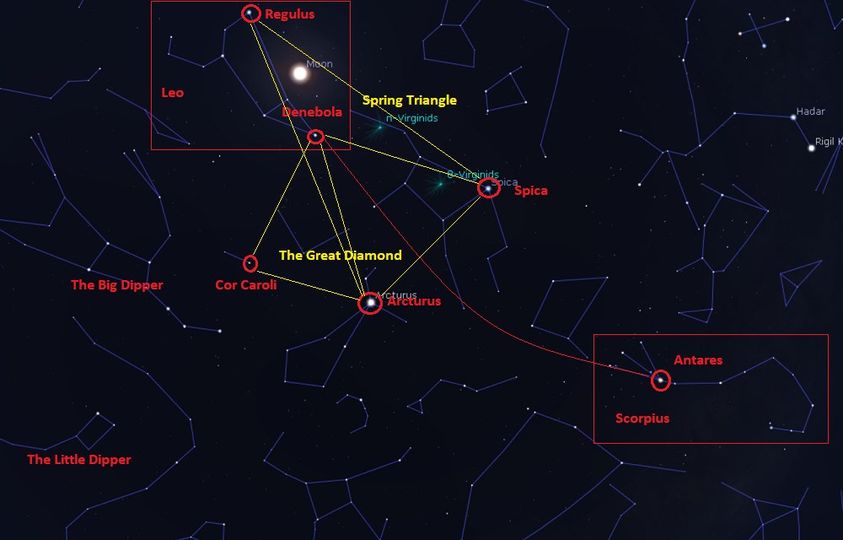
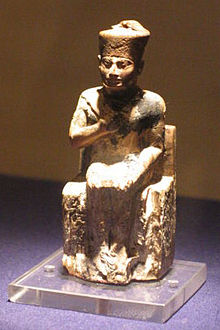
This is Khufu, who is acknowledged as the builder of the Great Pyramid. Notice the turtle on his hat. This would be symbolic of the emperor, or the Northern "dragon", or Turtle. The Vermilion Bird, or the Southern "dragon" is symbolic of the Empress. This is represented by 7 Summer and 7 Winter phases of the moon.


In Japanese Buddhist thought of earth (chi), water (sui), fire (ka), wind (fu), and void (ku). ... 火 Ka or hi, meaning "Fire".

Click here for Who is Qayin?


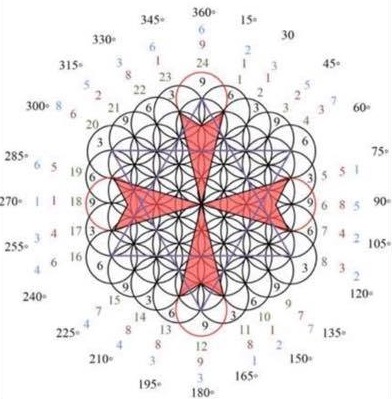
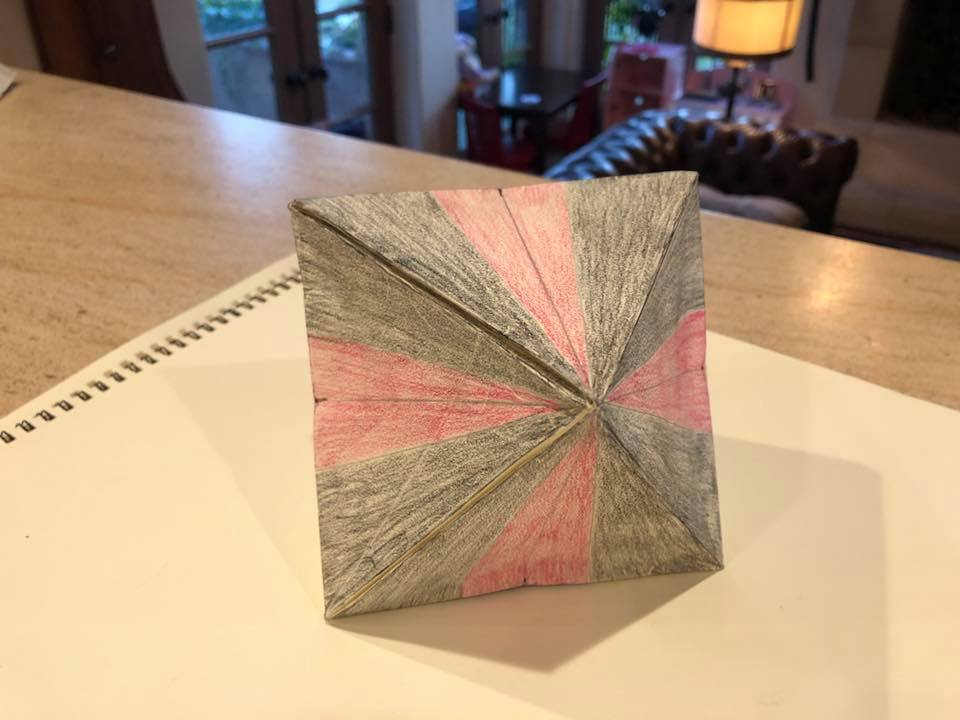

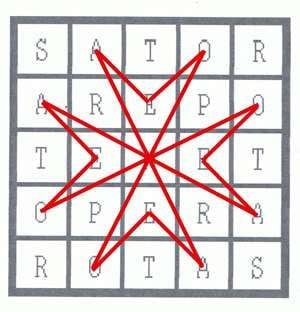
Why 24/42?
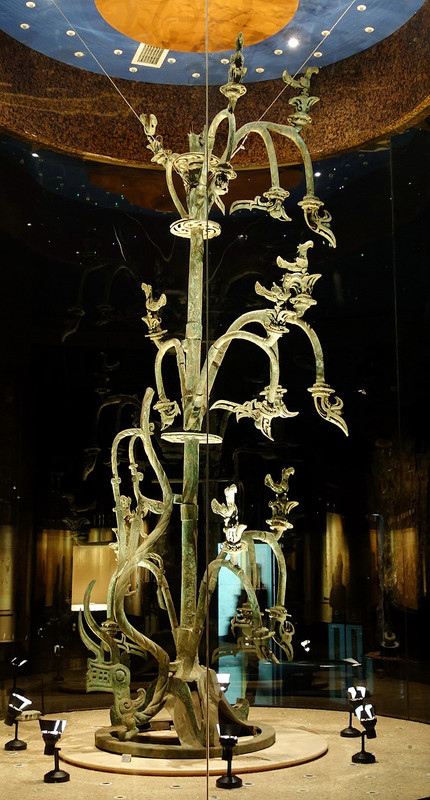
 Photo from Faith Of Our Fathers - Eng Updated: Finding God In Ancient China by Thong Chan Kei (Chapter 2 - Words Have Meaning)
Photo from Faith Of Our Fathers - Eng Updated: Finding God In Ancient China by Thong Chan Kei (Chapter 2 - Words Have Meaning)



Close-up of "feminine hand" - It strongly resembles a Hamsa/Atman symbol with a triskelion at the center. Click here for Q Sohum, I am that I am, I am the Swan
Click on the tab at the bottom and select the E series
This is money tree worship (good fortune) in ancient China with bells, fruits and birds on them. These images are posted here under fair use and I claim no rights to any of these images, they are screenshots from a virtual museum linked above. Anyone can access these images and view them directly from the website.

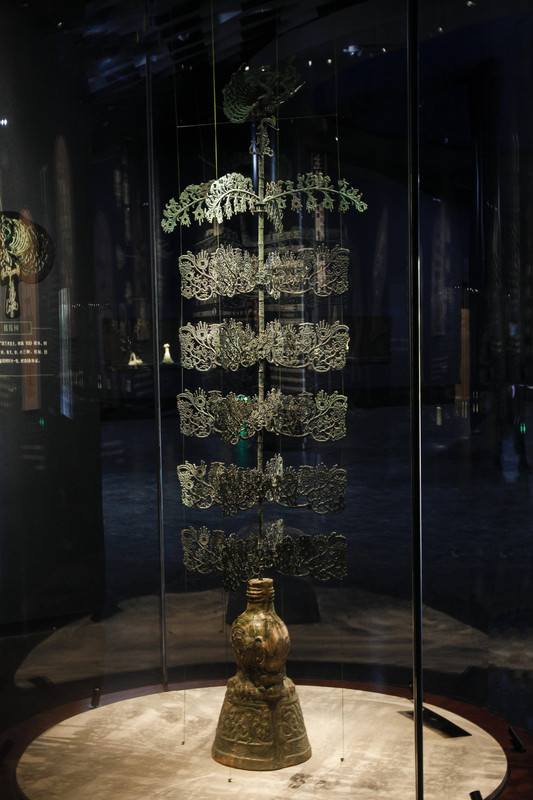

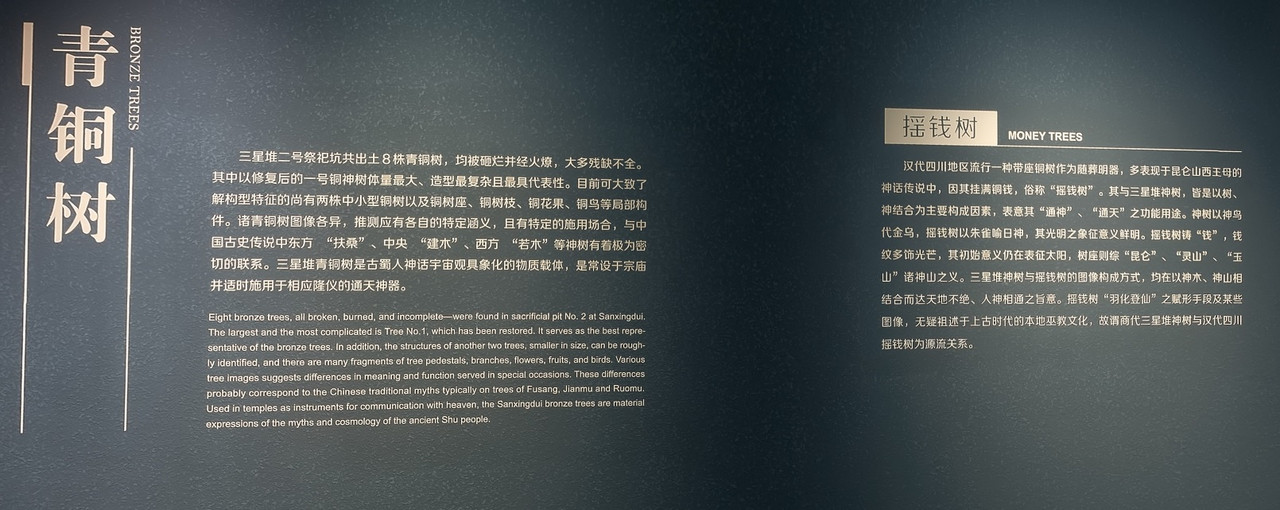
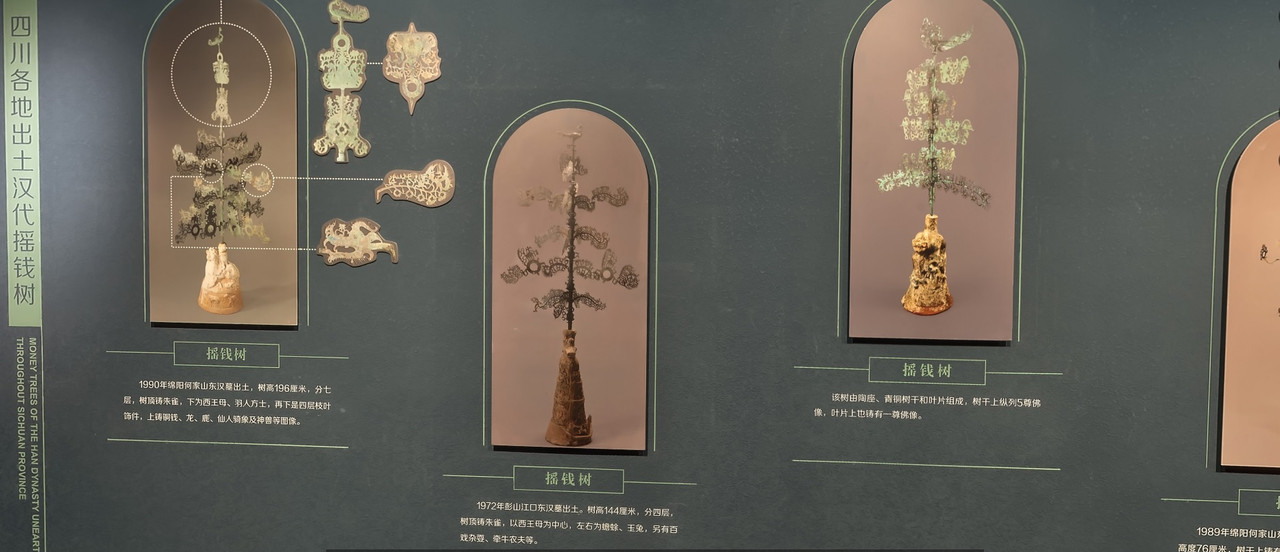
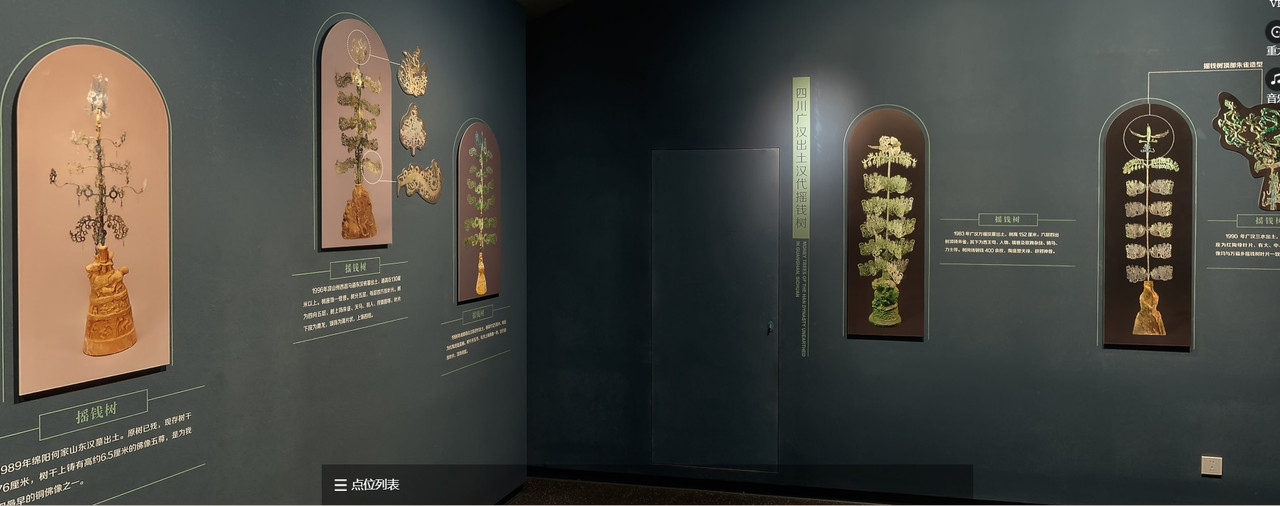



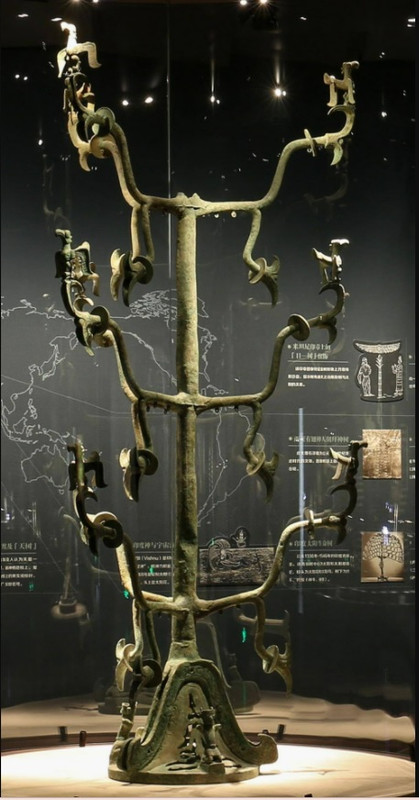


No comments:
Post a Comment
Note: Only a member of this blog may post a comment.